School Improvement Plan Samples
-

Nursery School Improvement Plan
download now -

School Attendance Improvement Plan
download now -

Comprehensive School Improvement Plan
download now -

School Improvement Plan Template
download now -

School Continuous Improvement Plan Template
download now -

School Improvement Plan Template
download now -
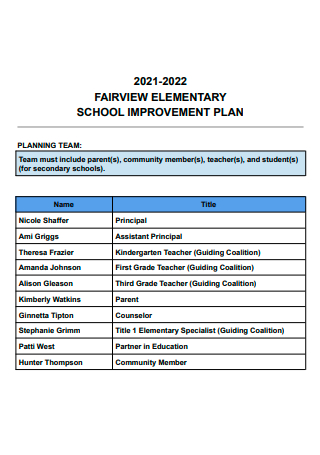
Elementary School Deped Improvement Plan
download now -
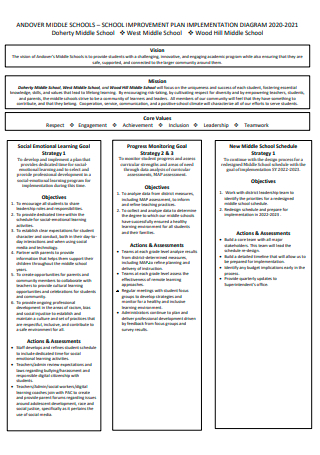
Middle School Continuous Improvement Plan
download now -

Elementary School Improvement Action Plan
download now -

School Education Improvement Plan Example
download now -

School Visual Improvement Planning
download now -

Printable Swot Analysis School Improvement Plan
download now -

School Improvement Work Plan Information
download now -

School Improvement And Development Plan
download now -

Middle School Teacher Improvement Plan
download now -

School Learning Performance Improvement Plan
download now -

Regional High School Improvement Plan
download now -

School Wide Improvement Executive Summary Plan
download now -

School Improvement Project Planning
download now -
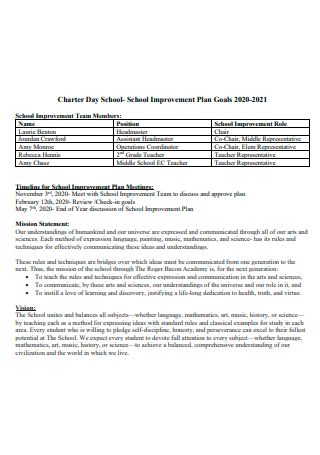
Day School Strategic Improvement Plan
download now -

High School Learning Improvement Plan
download now -

Continuous School Evaluation Improvement Plan
download now -

Review School Academic Improvement Plan
download now -

5 Year School Improvement Plan Annual Update
download now -

School Improvement Process Budget Plan
download now -

School Improvement Plan Format
download now -

Central Elementary School Improvement Plan
download now -

Simple School Classroom Improvement Plan
download now -

Formal School Improvement Plan
download now -

Intermediate School Improvement Plan
download now -

Sample School Improvement Plan Report
download now -
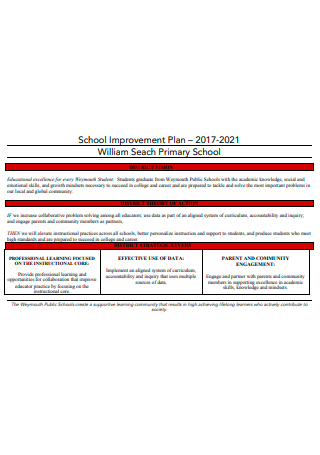
Primary School Improvement Plan
download now -

Standard School Improvement Plan
download now -

School Improvement Plan Cover Page
download now -
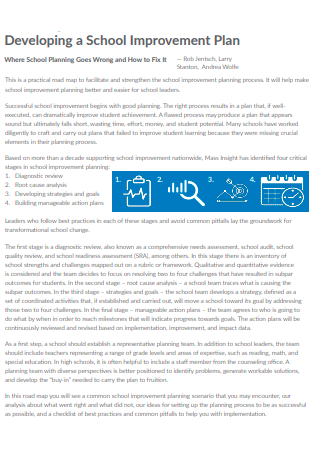
Developing a School Improvement Plan
download now -

School Improvement Student Engagement Plan
download now -

Sample Required School Improvement Plan
download now -

School Improvement Plan Form
download now -

School Improvement Plan Requirements
download now -
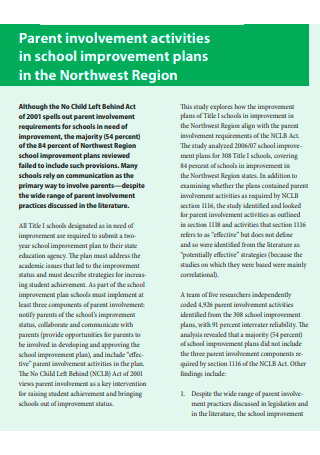
Activities in School Improvement Plan
download now -

School Capital Improvement Plan
download now -

Sample School Improvement Planning
download now -

School Improvement Renewal Plan
download now -

Comprehensive School Improvement Plan
download now -

School Improvement Teams Plan
download now -

School Improvement Planning Act
download now -

School Improvement Team Membership Plan
download now -

Technical School Improvement Plan
download now -

School Improvement Goal Planning
download now -

School Improvement Planning Process
download now -
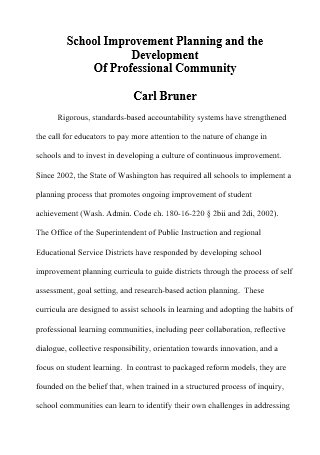
School Improvement Planning and Development
download now -

School Improvement Plan For Student Achievement
download now -

Public School District Accelerated Improvement Plan
download now -

School Improvement Plan in DOC
download now -

Leadership For School Improvement Plan
download now -

School Improvement Plan Session
download now
FREE School Improvement Plan s to Download
School Improvement Plan Format
1. Title Page
2. Table of Contents
3. Executive Summary
4. School Profile
5. Needs Assessment and Data Analysis
6. Vision, Mission, and Goals
7. Key Objectives and Strategies
8. Action Plan
9. Professional Development Plan
10. Monitoring and Evaluation
11. Budget and Resources
12. Appendices
School Improvement Plan Samples
What is a School Improvement Plan?
Tips on School Improvement Plan
How to Create a School Improvement Plan
FAQs
What are the Problems that a School Improvement Plan Should Address?
How Long Does it Take for a School Improvement Plan to be Implemented?
How often should a School Improvement Plan be updated?
What are the key components of a School Improvement Plan?
How does a School Improvement Plan address underperforming students?

Download School Improvement Plan Bundle
School Improvement Plan Format
1. Title Page
- School Name: [Insert School Name]
- Plan Title: School Improvement Plan (SIP)
- Academic Year: [Insert Year]
- Date of Submission: [Insert Date]
- Prepared By: [List of Key Contributors: Principal, Teachers, School Improvement Committee, etc.]
2. Table of Contents
- Title Page
- Table of Contents
- Executive Summary
- School Profile
- Needs Assessment and Data Analysis
- Vision, Mission, and Goals
- Key Objectives and Strategies
- Action Plan
- Professional Development Plan
- Monitoring and Evaluation
- Budget and Resources
- Appendices
3. Executive Summary
- Purpose: Overview of the key areas of improvement and overall objectives of the plan.
- Summary of Key Issues: Highlight of the key issues the plan aims to address.
- Major Goals: Overview of the main goals the school aims to achieve.
- Summary of Actions: Brief summary of the main strategies and actions to be implemented.
4. School Profile
- School Name: [Insert School Name]
- Location: [Address, City, State]
- School Type: (e.g., Elementary, Middle, or High School)
- Enrollment: Total number of students and demographics (e.g., gender, ethnicity, special needs, etc.)
- Staff Information: Number of teachers, support staff, and other key personnel.
- School Vision and Mission: Statement of the school’s vision and mission.
- Academic Performance Overview: Brief overview of past academic performance (standardized test scores, attendance rates, etc.)
5. Needs Assessment and Data Analysis
- Data Collection: Description of the data sources used (e.g., surveys, test scores, student performance reports).
- Strengths and Weaknesses: Analysis of the school’s current performance, identifying strengths and areas for improvement.
- Root Cause Analysis: Identify the underlying causes of performance gaps.
- Stakeholder Input: Summary of input from parents, students, and teachers.
6. Vision, Mission, and Goals
- School Vision Statement: [Insert School Vision Statement]
- School Mission Statement: [Insert School Mission Statement]
- Overarching Goals:
- Goal 1: [Insert Goal]
- Goal 2: [Insert Goal]
- Goal 3: [Insert Goal]
- SMART Objectives (Specific, Measurable, Achievable, Relevant, Time-bound) linked to each goal.
7. Key Objectives and Strategies
- Objective 1: [Insert Objective]
- Strategy 1.1: [List action-oriented strategy to achieve this objective]
- Strategy 1.2: [List action-oriented strategy to achieve this objective]
- Objective 2: [Insert Objective]
- Strategy 2.1: [List action-oriented strategy to achieve this objective]
- Strategy 2.2: [List action-oriented strategy to achieve this objective]
8. Action Plan
| Objective | Action/Strategy | Person(s) Responsible | Resources Needed | Timeline | Success Indicators |
|---|---|---|---|---|---|
| [Insert Objective] | [Insert Strategy] | [List Names] | [List Resources] | [Insert Timeframe] | [Key Indicators] |
| [Insert Objective] | [Insert Strategy] | [List Names] | [List Resources] | [Insert Timeframe] | [Key Indicators] |
9. Professional Development Plan
- Purpose: Identify how professional development will support the improvement goals.
- Target Areas for Professional Development:
- [Insert Focus Area 1]
- [Insert Focus Area 2]
- Training Plans: List of training sessions, workshops, or courses for staff.
- Timeline: Calendar of planned training sessions.
- Evaluation of Professional Development: Measures to determine if professional development is effective.
10. Monitoring and Evaluation
- Purpose of Monitoring: To ensure progress is tracked and adjustments are made as needed.
- Monitoring Tools: Checklists, data tracking sheets, teacher observation forms, etc.
- Monitoring Frequency: Weekly, monthly, or quarterly.
- Evaluation Methods:
- Formative Assessment: Ongoing assessment during the plan’s implementation.
- Summative Assessment: End-of-year review of goals achieved.
- Stakeholder Feedback: Parent, student, and teacher surveys.
11. Budget and Resources
- Budget Overview: Total estimated cost of the improvement plan.
- Breakdown of Costs:
- Staff Development: $[Insert Cost]
- Learning Resources: $[Insert Cost]
- Technology: $[Insert Cost]
- Facilities: $[Insert Cost]
- Funding Sources: List of funding sources (e.g., government grants, PTA contributions, etc.).
12. Appendices
- Appendix A: Data Analysis Reports (charts, graphs, and summaries of data used in the plan)
- Appendix B: Feedback from Stakeholders (parent, student, and teacher survey results)
- Appendix C: Staff Professional Development Plan (detailed breakdown of training schedules)
- Appendix D: Policy Documents (any related policies that impact the plan)
- Appendix E: Additional Resources (links, articles, or reference materials)
What is a School Improvement Plan?
A School Improvement Plan (SIP) is a formal, strategic document aimed at enhancing educational outcomes, improving student performance, and fostering a positive learning environment. It is developed by school administrators, teachers, and stakeholders to identify key areas that need improvement, set measurable goals, and outline the strategies required to achieve them. SIPs address areas like academic performance, teacher training, and student engagement. The plan includes clear timelines, roles, and metrics to evaluate success, ensuring a consistent approach to school development. You can also see more on School Action Plan.
Tips on School Improvement Plan

Are you searching for school improvement plan examples? Do you need them because you want to have some tips that you can use for your plan? Well, we have some tips that you can use. Read the following:
How to Create a School Improvement Plan

Step 1: Conduct a Needs Assessment
The process begins with assessing the current status of the school. This involves gathering data on student performance, teacher efficiency, infrastructure, and available resources. Feedback from parents, teachers, and students is collected to identify areas that need improvement. After reviewing data, prioritize the key challenges to address.
Step 2: Define Goals and Objectives
Once problem areas are identified, establish clear, measurable goals. These goals must be specific, achievable, relevant, and time-bound (SMART). For instance, a goal could be to increase math proficiency by 10% in one academic year. Each goal is linked to strategies and action steps for better tracking. You can also see more on Continuous Improvement Plan.
Step 3: Develop an Action Plan
This stage involves creating specific action steps to achieve each goal. Each step outlines the required resources, roles of stakeholders, and deadlines. Responsibilities are distributed among school leaders, teachers, and other staff members. The action plan also highlights potential obstacles and mitigation strategies.
Step 4: Implement the Plan
Once the action plan is ready, the school community implements the proposed strategies. Teachers undergo training, new processes are introduced, and learning resources are deployed. Communication with parents, students, and staff is essential to ensure alignment with the improvement plan.
Step 5: Monitor, Evaluate, and Adjust
Regular monitoring is vital to assess the success of the plan. Progress is measured against the initial goals, and data is collected to track improvements. If results fall short of expectations, adjustments are made to ensure goals are achieved. This continuous feedback loop strengthens the improvement process. You can also see more on Private School Strategic Plan.
A School Improvement Plan (SIP) serves as a roadmap for schools to achieve educational excellence. By setting clear goals and strategies, schools can improve academic outcomes, develop teacher skills, and create a more inclusive learning environment. The SIP is a collaborative effort involving teachers, administrators, and stakeholders to promote accountability and continuous growth. Regular evaluation ensures that the plan remains effective, adaptable, and focused on achieving lasting positive change in the educational experience for students and the school community.
FAQs
What are the Problems that a School Improvement Plan Should Address?
A school improvement plan must address the questions about the improvement of core academic areas and the policies that are implemented in school. It should give a good benchmark for all the objectives. It should include activities that can be appropriate for school programs that can be used throughout the whole school year. You can also see more on School Leadership Development Plan.
How Long Does it Take for a School Improvement Plan to be Implemented?
It may take two years for a school to meet all the requirements needed for a school improvement plan. Then, it takes two more years to implement the school improvement plan. If the school can implement the plan in a shorter period, it is better. But usually, it may take four years.
How often should a School Improvement Plan be updated?
Typically, a School Improvement Plan is updated annually. However, if a school faces unexpected challenges, it may revise the plan more frequently to reflect new priorities or issues. You can also see more on Educational Strategic Plan.
What are the key components of a School Improvement Plan?
Key components include a needs assessment, defined goals, action steps, stakeholder roles, and an evaluation system. Each component supports effective implementation and ensures accountability.
How does a School Improvement Plan address underperforming students?
The SIP identifies academic gaps and develops targeted interventions, such as tutoring, one-on-one coaching, and remedial programs. By focusing on specific learning barriers, schools can support underperforming students more effectively. The plan tracks student progress to ensure interventions are working. You can also see more on Service Improvement Plan.
